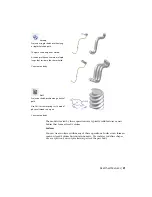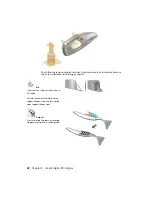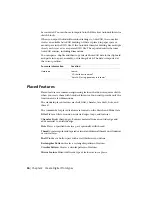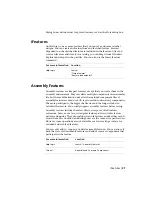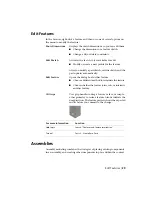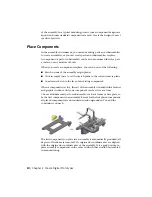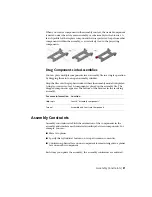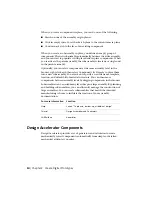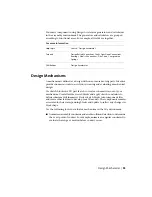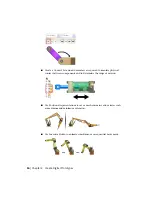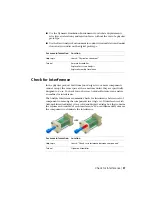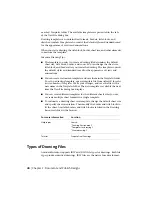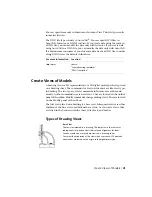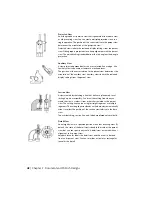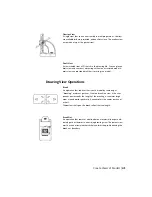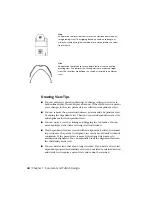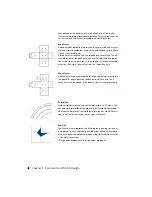
Top-down Design
The top-down design technique (also known
as skeletal modeling) centralizes control of your
design. The technique enables you to update
your design efficiently and with minimal disrup-
tion to your design documents.
Top-down design begins with the layout. The
layout is a 2D part sketch that is the root docu-
ment of your design. You create a layout that
represents your assembly, subassembly, floor
plan, or equivalent. In the layout, you use 2D
sketch geometry and sketch blocks to represent
the design components. You position these
components, in the layout, to evaluate design
feasibility.
Once you are satisfied with the state of your layout, you make components
from the sketch blocks. This process, also known as push-derive, results in
part and assembly files that are associated to the layout sketch blocks. When
you change the sketch block definitions, your component files automatically
reflect the changes.
Experiment with top-down design to experience the power of truly associative
designs.
Location
For more information
Search: “Top-down design”
Help topics
Top-down Workflow
Tutorial
Create Subassemblies In-place
In the assembly environment, you can add existing parts and subassemblies
to create assemblies or you can create new parts and subassemblies in-place.
A component (a part or subassembly) can be an unconsumed sketch, a part,
a surface, or any mixture of both.
Top-down Design | 33
Summary of Contents for 466B1-05A761-1304 - AutoCAD Inventor Simulation Suite 2010
Page 1: ...Autodesk Inventor 2010 Getting Started January 2009 Part No 527B1 050000 PM01A ...
Page 6: ...vi ...
Page 60: ...54 ...
Page 80: ...74 ...



